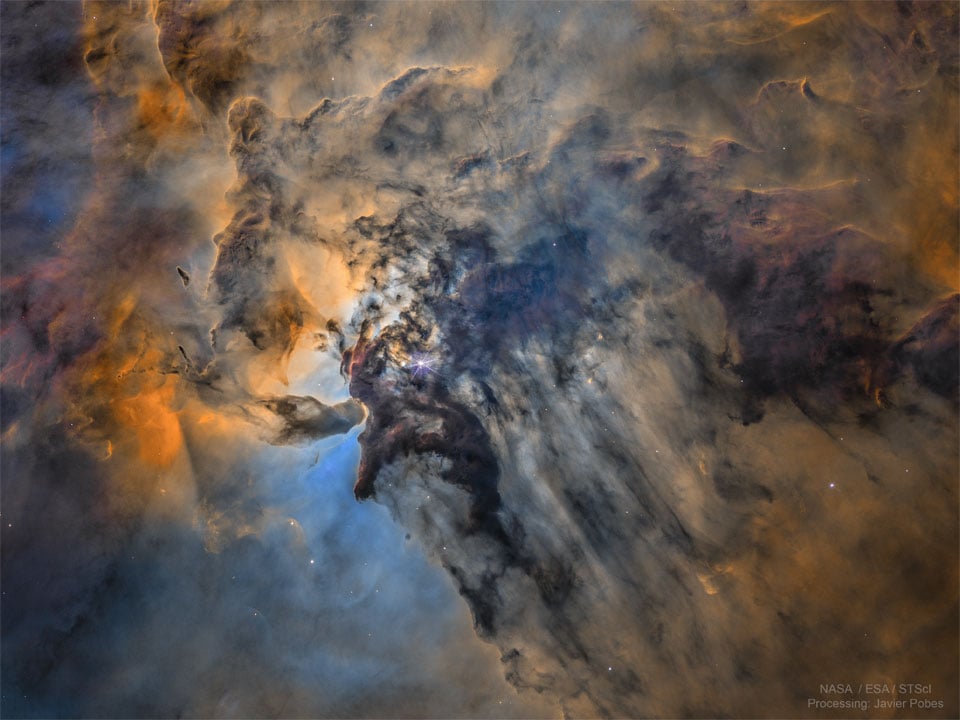this post was submitted on 24 Mar 2025
21 points (92.0% liked)
[Dormant] moved to [email protected]
10414 readers
2 users here now
This community is dormant, please find us at [email protected]
You can find the original sidebar contents below:
Rules
- Be respectful and inclusive.
- No harassment, hate speech, or trolling.
- Engage in constructive discussions.
- Share relevant content.
- Follow guidelines and moderators' instructions.
- Use appropriate language and tone.
- Report violations.
- Foster a continuous learning environment.
Picture of the Day
 The Busy Center of the Lagoon Nebula
The Busy Center of the Lagoon Nebula
Related Communities
🔭 Science
- [email protected]
- [email protected]
- [email protected]
- [email protected]
- [email protected]
- [email protected]
- [email protected]
- [email protected]
- [email protected]
🚀 Engineering
🌌 Art and Photography
Other Cool Links
founded 2 years ago
MODERATORS
you are viewing a single comment's thread
view the rest of the comments
view the rest of the comments
Possible Explanations:
Shamir proposes two main explanations for this unexpected pattern:
Thanks! The article never mentions the direction of the MW's spin, so the bias section reads pretty roughly. If the reader knows that going in then it makes perfect sense:
MW spins counter-clockwise
Most observed galaxies spin clockwise
Doppler effect would make galaxies spinning the opposite direction of Milky Way appear slightly brighter to us,
which suggests observation bias as a possible explanation. I only got 2/3.
A strategic "also" in "This could explain why such galaxies seem more common in telescope observations." would have helped as well.